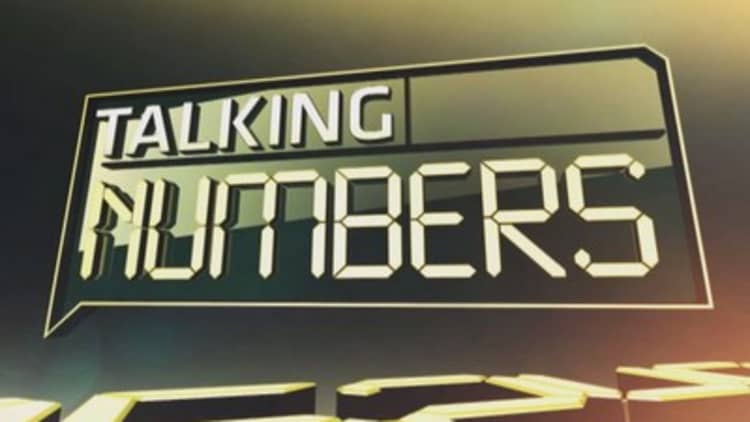
Newly released data from the Mortgage Bankers Association show that purchase applications last week were down 9.8 percent from the same time last year. Earlier, we learned that purchase applications in July fell 13.6 percent on a year-over-year basis. In fact, in every month since October 2013, purchase applications were lower than their counterpart in the prior year.
(Read: Mortgage volume weakens as summer wanes)
"Housing is looking a little shaky," said Erin Gibbs, equity chief investment officer at S&P Capital IQ. "We've seen lower and lower growth with mortgage applications as well as housing starts."
Housing starts in the U.S. for June 2014 were at 893,000 on a seasonally adjusted annualized rate, down from the 2014 peak of 1,063,000 hit in April, according the U.S. Census Bureau and Department of Housing and Urban Development.
Since the start of 2014, the ETF tracking home construction stocks (trading under the ticker symbol ITB) is down 9 percent, while the S&P 500 has gained more than 5 percent. Gibbs believes ITB will likely recover its decline, but will continue to underperform the overall market.
ITB is "trading at very attractive valuations at about 9 times forward earnings," said Gibbs. "But I don't see this as being an opportunity to buy right now. I can still see them going lower."
According to Richard Ross, global technical strategist at Auerbach Grayson, the charts are negative on ITB.
"Housing has been a big disappointment this year," said Ross.
He likens the ITB chart to the roof of a Tudor-style home. "Straight up and straight down—but it's a chart, and that's not a good thing."
In the short term, Ross sees the ETF trading through a downward-sloping trend channel, which he believes will bring its shares down another 10 percent. The ETF was trading around $22.60 on Wednesday afternoon.
(Read: Record income gap fuels US housing weakness)
Meanwhile, a look at the longer-term chart similarly shows "that it goes from bad to worse for the housing stocks," said Ross, a "Talking Numbers" contributor. ITB had a strong move from the $8 range in 2011 to just above $26 in 2013. That level was tested again in February. But with ITB selling off on weaker housing data over the past few months, a bearish double top pattern formed on the chart, according to Ross. The neckline of the double top formation on his chart is at $20 per share.
"I think we test that neckline of support," said Ross, who notes ITB recently broke below its 100-week moving average. "That's a key long-term trend line which has held for almost two years now, also a negative."
Ross sees the $20 neckline serving as support for ITB. "If you do like the story, you can be a better buyer," he said, adding, "but not right here."
To see the full discussion on ITB, with Gibbs on the fundamentals and Ross on the technicals, watch the above video.
-----
Follow us on Twitter: @CNBCNumbers
Like us on Facebook: facebook.com/CNBCNumbers


